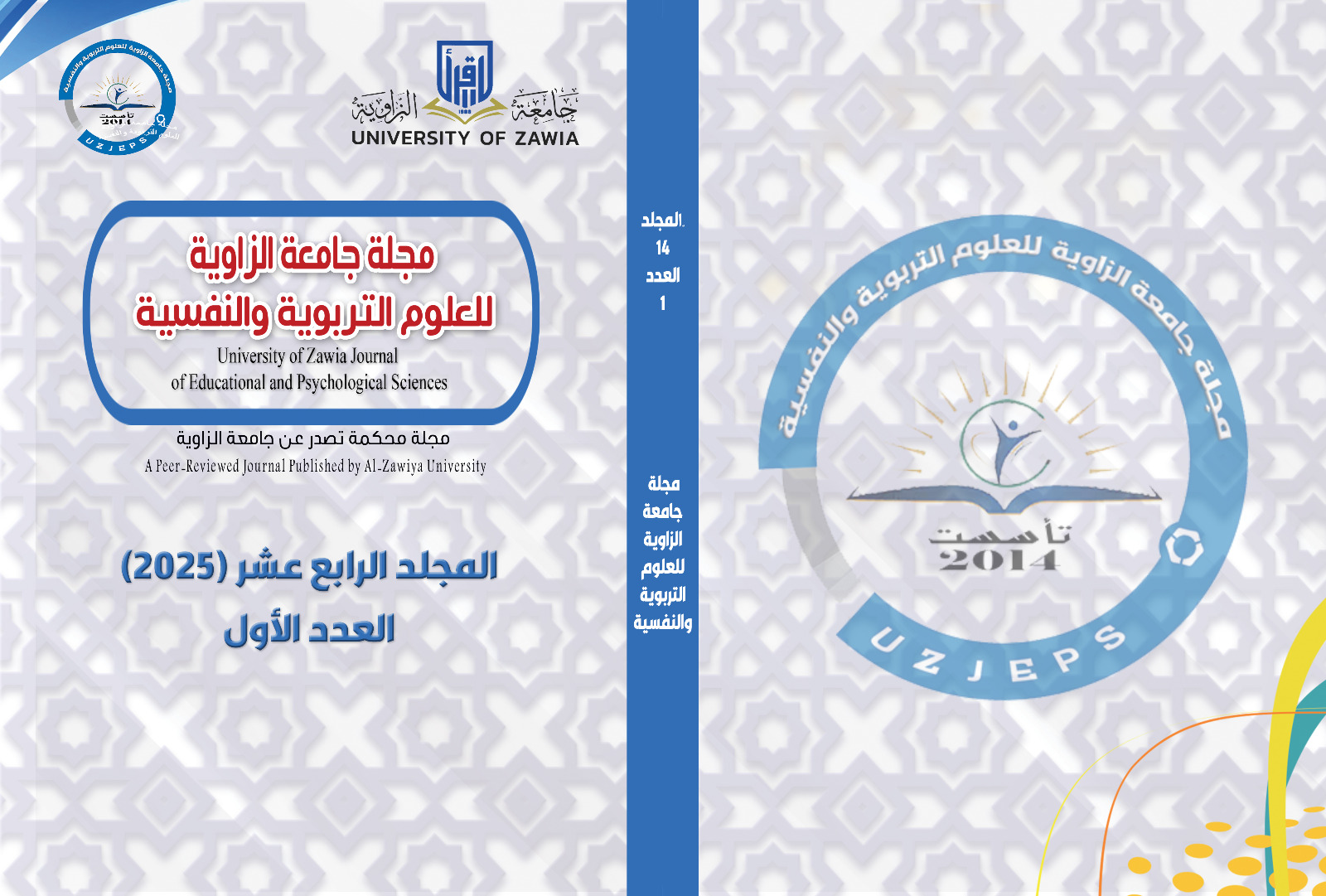Tracking Watch Application for Children With Special Needs Via (GPC)
Main Article Content
Abstract
This study aimed to identify the “Application of the Tracking Watch for Children with Special Needs.” was conducted on children with special needs (including autism spectrum disorder, learning difficulties, and hyperactivity), who were the target group of the current study. The total number of children was 23, distributed as 12 males and 11 females. The questionnaire form was divided into three groups as follows:
- Group One: Included a sample of 23 male and female children with special needs, and the study variables were applied to them based on the provided data.
- Group Two: Comprised the general and specific data related to the 17 teachers.
- Group Three: Included data related to the 12 parents (both male and female).
The descriptive analytical method was used due to its suitability for this study. The data was processed and the results were analyzed using the SPSS (Statistical Package for Social Science) program.
The results of this study revealed that there is specific data related to the teachers, where the correlation coefficient was (0.942) at a significance level of (α ≤ 0.05). Therefore, the null hypothesis stating that there is no data related to the teachers' category is rejected, and the alternative hypothesis stating that there is relevant data is accepted.
Additionally, regarding the parents’ data, the correlation coefficient was (0.52) at a significance level of (α ≤ 0.05), which also leads to the rejection of the null hypothesis that there is no relevant data, and acceptance of the alternative hypothesis that such data exists.
